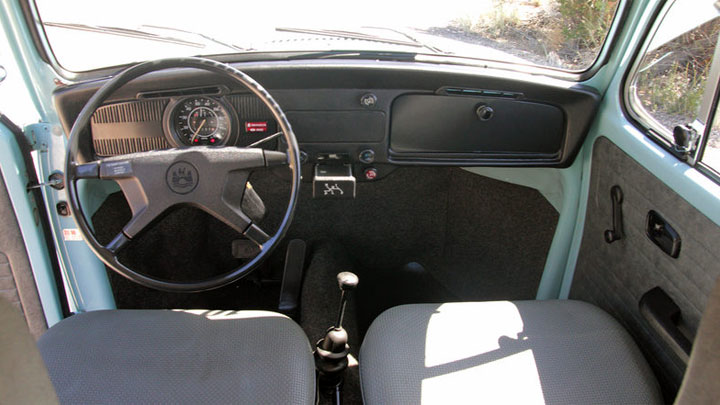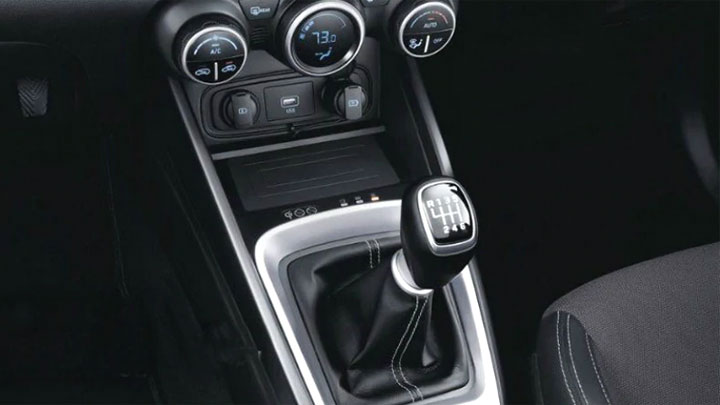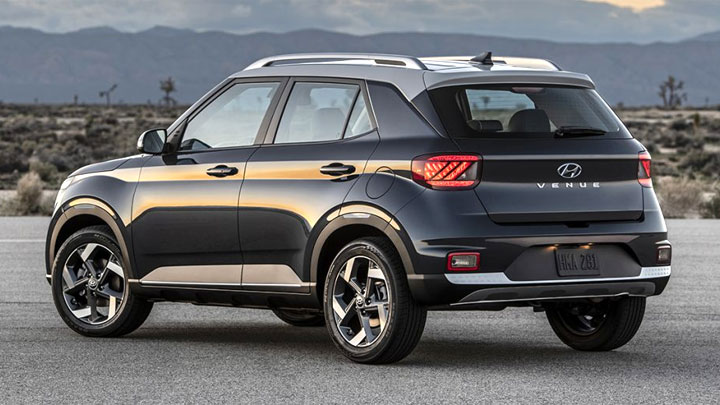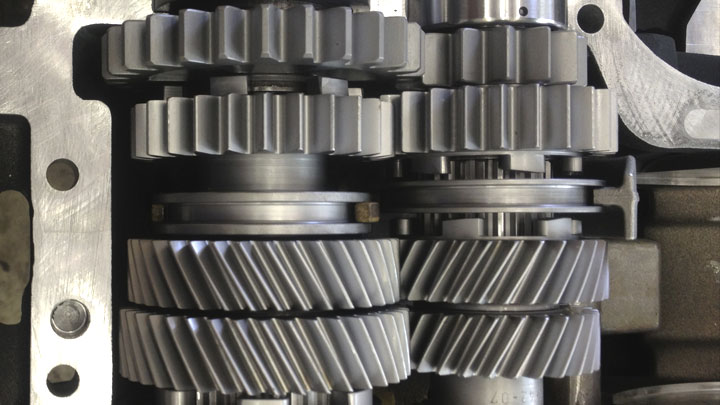Last Updated on June 30, 2021
Ever since the 1930s, semi-automatic transmissions have existed. But they slowly evolved over the decades and now we have something much different than what existed back then. That is common with every component of a car, though.
There have been various types of semi-automatic transmissions since their introduction including the clutch-less manual, automatic clutch, auto-clutch manual, and paddle-shift. In all cases, the driver is still required to shift between gears but the normal requirement of depressing a clutch pedal is removed.
What is a Semi-Automatic Transmission?

A semi-automatic transmission is basically a manual transmission that does not use a clutch. Instead, the gears shift as the driver gives a command that gets sent through electronic sensors and processors.
These sensors are what replaces the clutch pedal, which would normally be depressed by the driver prior to shifting gears. Now the electronics tell the clutch what to do which helps great smooth shifts in the gears because the torque and timing are nearly perfect.
Automakers in Europe were responsible for developing the semi-automatic transmission because they felt it would enhance the experience of driving. This is especially the case in crowded places like cities where you must constantly stop at lights and go on green lights.
So, the main difference between manual transmission and semi-automatic transmission is that manual transmission uses pipes and cables while semi-automatic uses electronics and actuators. These computers take the pressure off the driver.
See Also: What Transmission Do I Have?
How It Works

The driver of a semi-automatic will still have to change gears using a manual gearbox. The only thing is the gearbox doesn’t need you to depress any clutch pedal because the electronics of the semi-automatic take care of the clutch themselves.
Because of this, the gearbox can accurately calculate the right time for the gears to shift which enables them to shift fast and smooth.
The only problem is that you may come across a gearbox which doesn’t perform its job as fast as you’d like it to. This would especially be the case if you’re driving and then must slam on your brakes to slow down quickly.
Related: Parts of an Automatic Transmission
Cons
- Requires more money to maintain a semi-automatic than it does for manual.
- Repairing a semi-automatic is expensive. Replacement would actually be cheaper.
- Semi-automatics have a history of malfunctioning and failing. There are lots of reasons why this could happen and they may not even involve the transmission directly.
Pros
- The driving experience is very smooth when shifting gears.
- If the torque converters experience slippage, there won’t be any loss of energy. You won’t experience this loss during manual shifts either.





My car starts then sometimes not I press the peddle it starts then again.nothing starts no lights come on